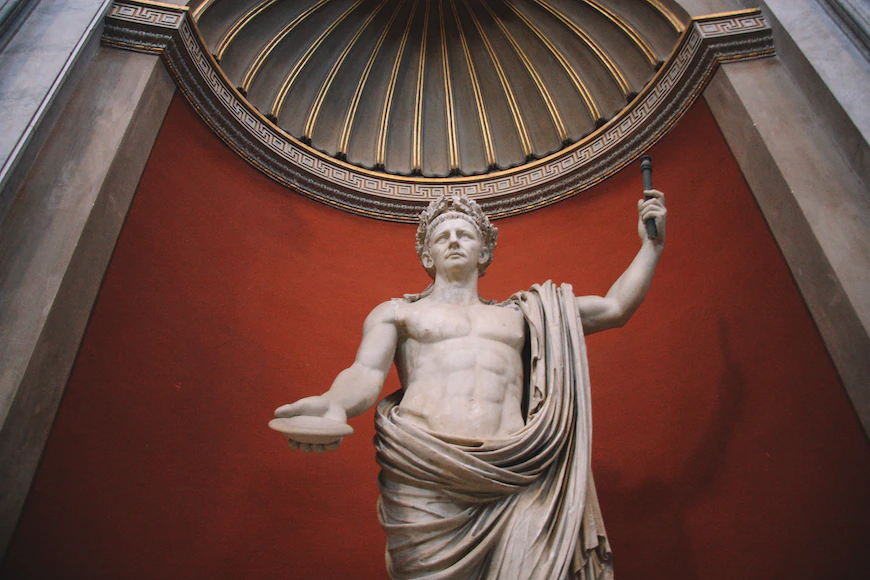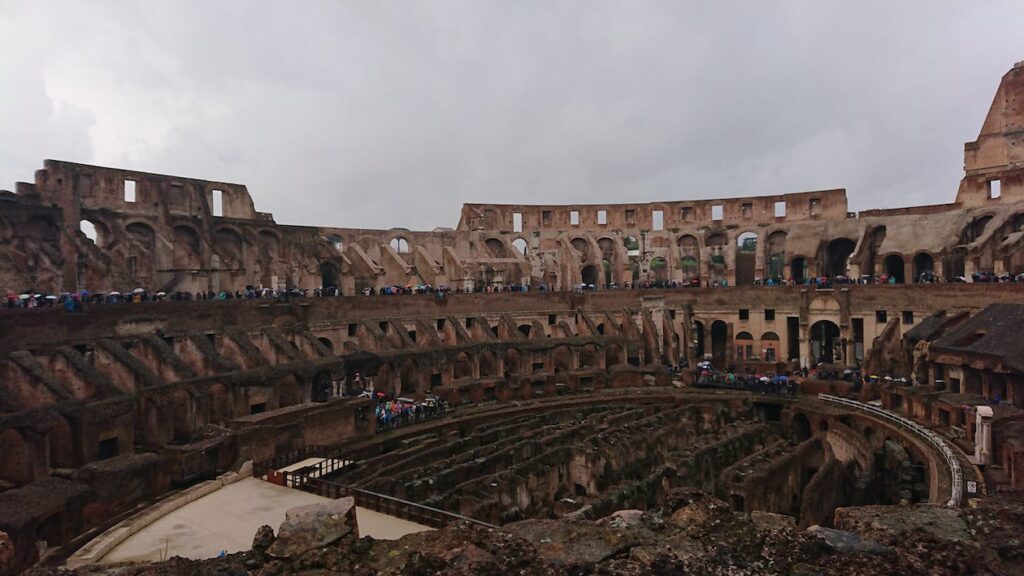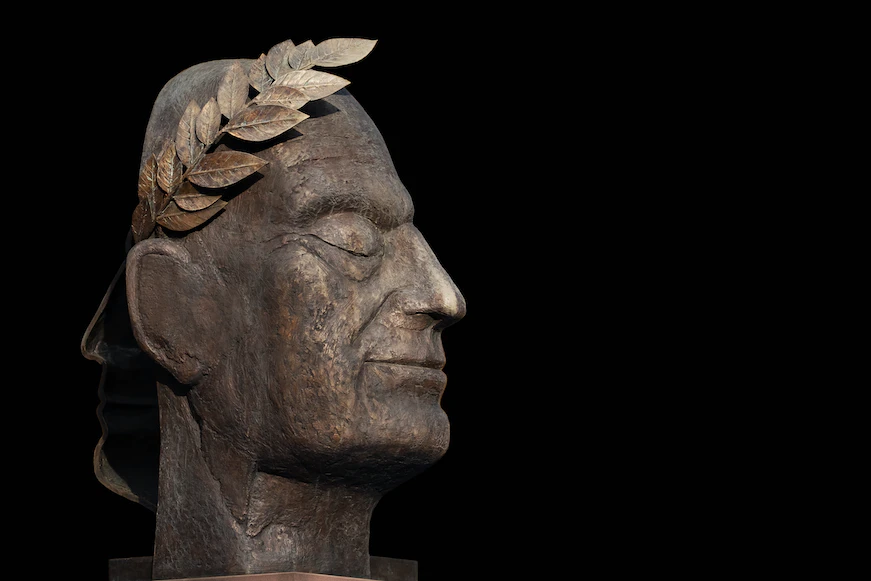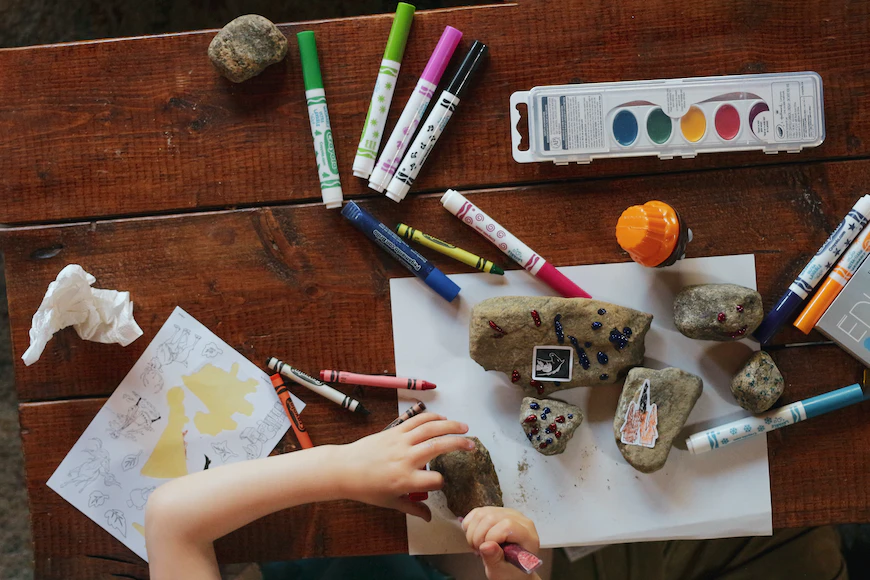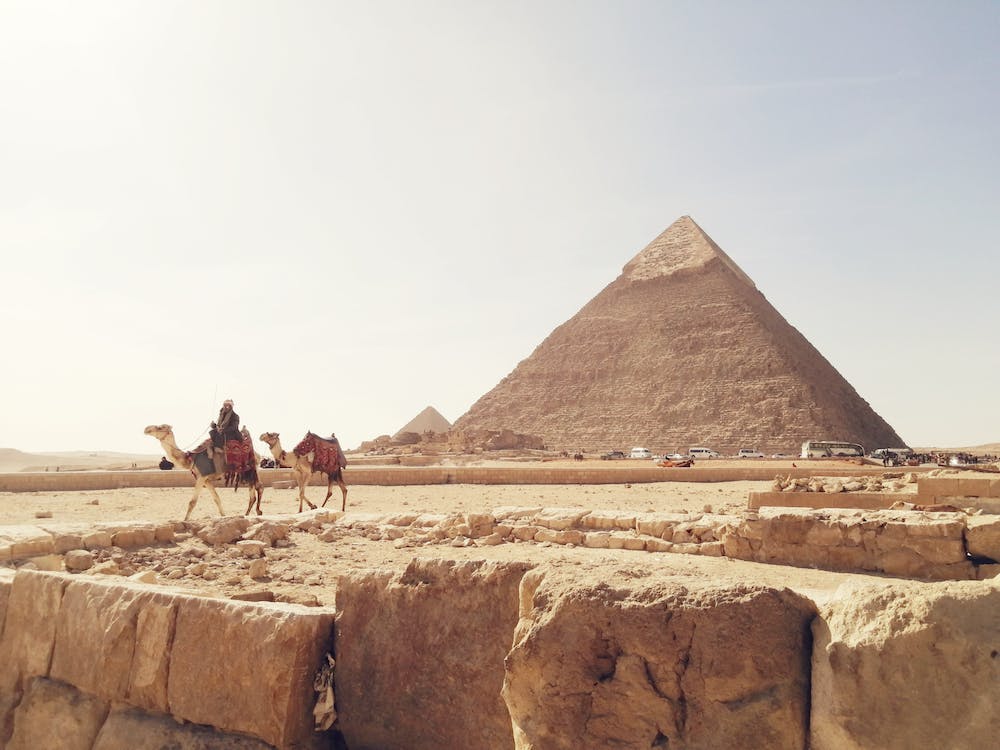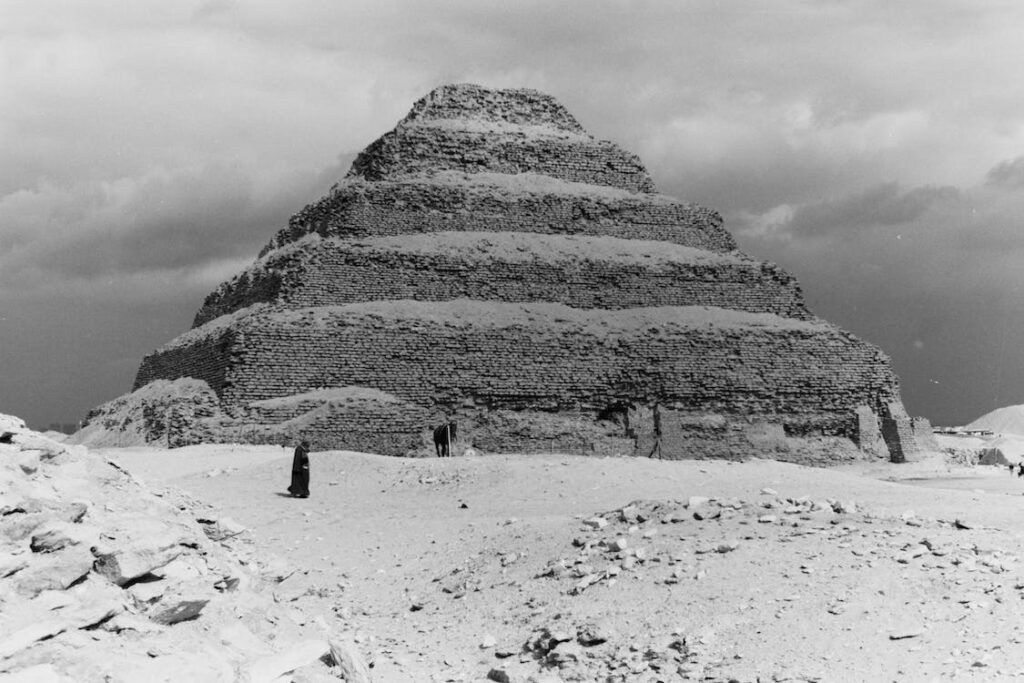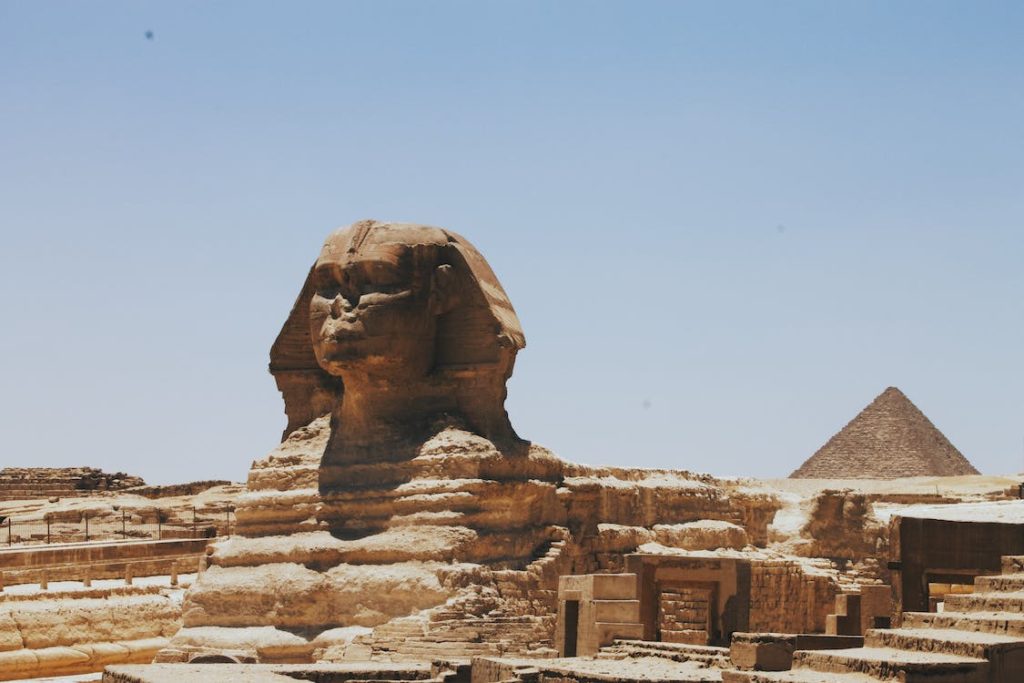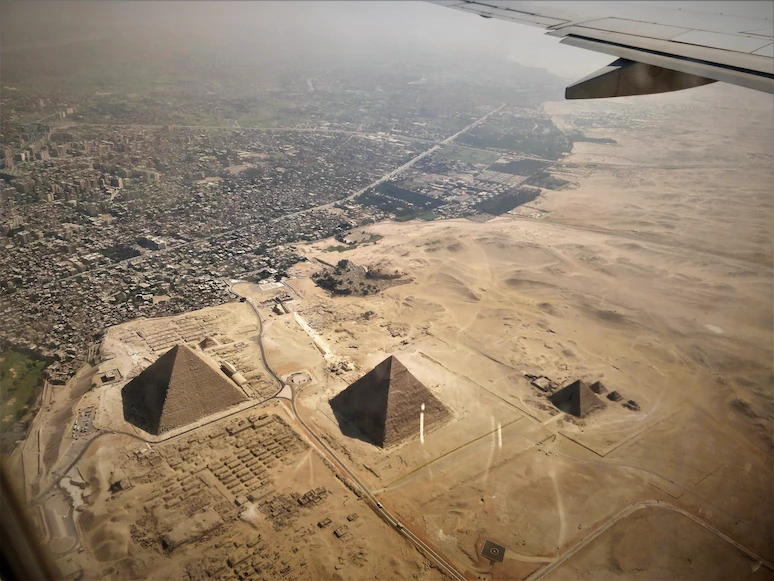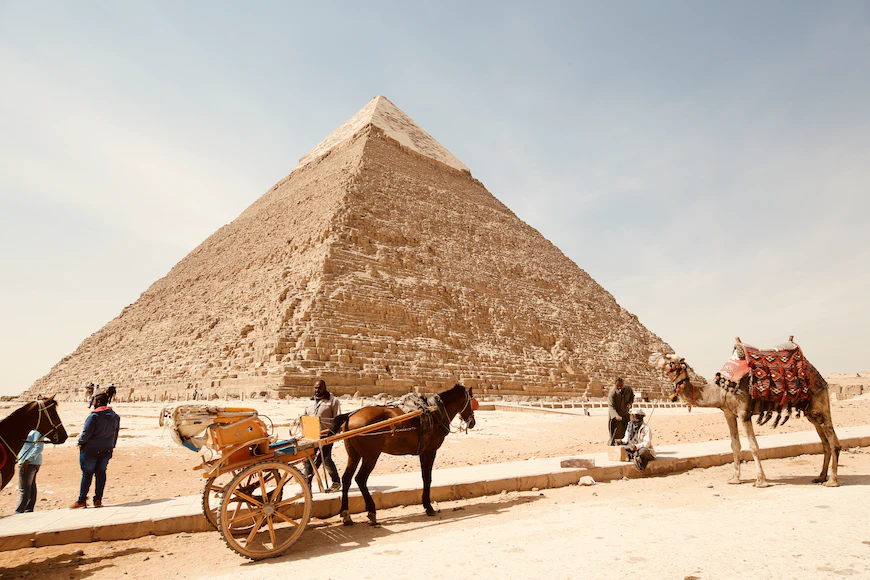"On Singapore's National Day, the city-state's vibrant festivities showcase its rich cultural tapestry, uniting its diverse heritage in a celebration of patriotism and pride."
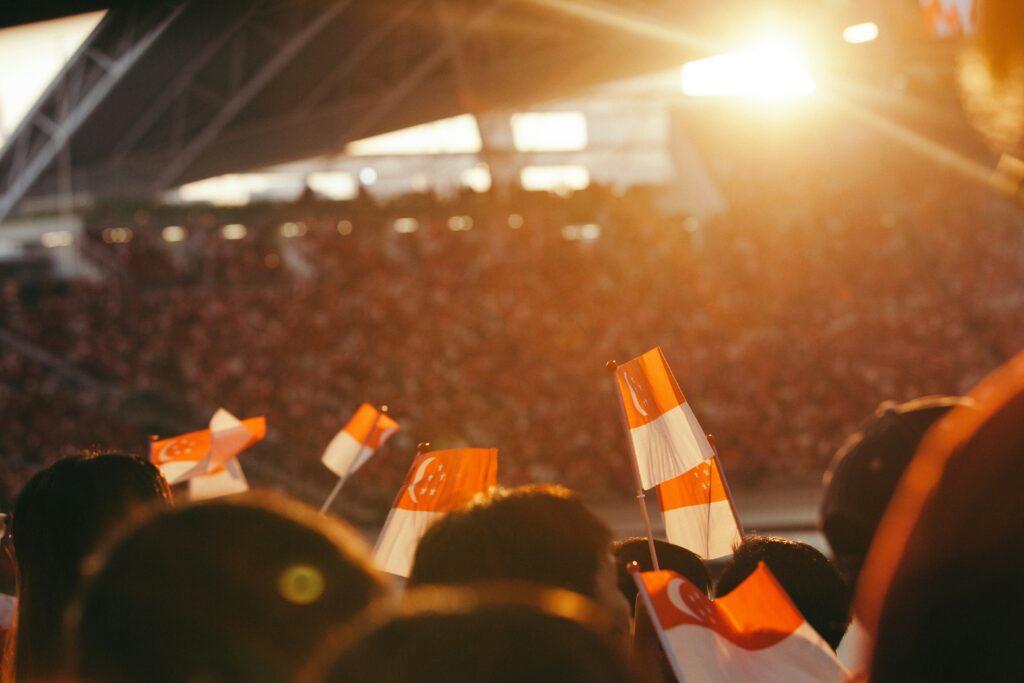
As Singapore celebrates its 59th National Day on August 9, the entire nation comes alive with festivities. This annual event is a vibrant showcase of the country’s rich tapestry of cultures and races, reflecting the diversity that makes Singapore unique. With four official languages—English, Malay, Mandarin, and Tamil—the celebrations highlight the many different heritages that coexist harmoniously on this island nation. Beyond the official ceremony, it’s a day filled with shared joy, community spirit, and nationwide celebrations.
Similar to other independence days around the world, National Day in Singapore is a time for citizens to express their patriotism and pride. People gather to enjoy spectacular fireworks displays and grand parades that capture the spirit of the nation. Whether you are a local or a visitor, there are numerous places across the city-state where the festivities are in full swing, providing the best spots to celebrate National Day in all its glory.
The History of Singapore’s National Day

Singapore’s name comes from two Sanskrit words — “Simha,” meaning lion, and “Pura,” meaning city. This “Lion City” emerged on the global stage in the 19th century, primarily due to British interest in using the island as a strategic trading post. Economic control in the region shifted from the Dutch to the British largely because of Sir Thomas Stamford Raffles, who played a crucial role in establishing British dominance.
Singapore remained under British colonial rule until 1942 when World War II brought dramatic changes. The Japanese military invaded, leading to a brief surrender by Allied forces. However, in 1945, the Japanese forces relinquished control back to the British, and Singapore was established as a British Crown Colony. Despite this, the faith in British rule among Singaporeans was deeply shaken, particularly due to the widespread devastation caused by World War II. The defeat fostered significant distrust between the local population and their colonial rulers.
This period of turmoil and uncertainty sparked a strong sense of nationalism among Singaporeans. The push for self-governance culminated in the election of Singapore’s first Prime Minister, Lee Kuan Yew, a prominent member of the People’s Action Party (PAP). In a bid to unify neighbouring countries for political stability, Singapore entered a merger with Malaysia, forming a larger political entity that included the Federation of Malaya, Singapore, Sarawak, and North Borneo.
However, this merger was met with significant ethnic tension and racial discord. Singaporeans found themselves without the same financial and economic benefits that were afforded to Malaysians at the time. Escalating conflict between the unified nations led to a decisive separation. On August 9, 1965, Singapore officially became an independent nation, marking the birth of a sovereign city-state.
Places to Visit for National Day in Singapore
- Free Spots to View Fireworks

Gardens by the Bay: Known for its stunning views and family-friendly activities, Gardens by the Bay offers one of the best vantage points for watching the National Day fireworks. This beautiful garden provides ample space for families to relax and enjoy the festivities amidst lush greenery and impressive Supertrees.
Helix Bridge: Combining practicality and aesthetics, Helix Bridge is a pedestrian bridge that offers quick access to Marina Bay Sands. Its unique structure also provides an excellent vantage point to watch the fireworks and pyrotechnics, making it a popular spot for locals and tourists alike.
Merlion Park: As one of Singapore’s most famous landmarks and a major tourist attraction, Merlion Park is an iconic spot to view the National Day fireworks. However, be prepared for a massive crowd as many people flock here to catch the spectacular display over Marina Bay.
The Promontory: Located near The Lawn, The Promontory offers a spacious, open area ideal for family picnics while enjoying the fireworks. This waterfront spot is right at Marina Bay, providing a clear view of the fireworks show against the stunning backdrop of the city skyline.
Esplanade Roof Terrace: An open-air rooftop that offers a fantastic view of the National Day fireworks. With the grounds in the foreground, the waterfront, and Marina Bay Sands in the distance, this spot provides a picturesque setting for watching the celebrations.
- Top Restaurants to Celebrate

LeVeL33: Nestled in the Marina Bay Financial Centre MBFC 1, LeVeL33 is a modern European restaurant that stands out for its sophisticated menu and inclusive options, including vegetarian dishes. With its strategic location, this restaurant offers stunning views of the city, making it a perfect spot to enjoy a special meal while soaking in the National Day atmosphere.
Super Loco Customs House: For a lively Mexican dining experience, head to Super Loco Customs House. Located in Customs House at Marina Bay, this restaurant offers a picturesque panoramic view of the cityscape. Enjoy dinner by the water with a menu featuring Angus steak and cactus, tacos, loco salad, and a dedicated kids’ menu, making it a great choice for families celebrating National Day.
Caffe Fernet: Located in Customs House, Caffe Fernet is renowned for its signature feasts designed for sharing with friends and family. From 5:00 PM to 9:00 PM on National Day, you can celebrate with front-row views of the aerial displays and fireworks over Marina Bay. The combination of delectable food and breathtaking views ensures a memorable celebration.
Monti At 1-Pavilion Italian Restaurant: On August 9, Monti offers two seating options to celebrate National Day. Located in The Fullerton Pavilion, this Italian restaurant is known for its brilliant cuisine and ultimate riverfront dining experience. With direct views of the National Day fireworks display, Monti provides a spectacular setting to enjoy an exquisite Italian meal.
Sofra Turkish Cafe & Restaurant: Situated in Marina Square, Sofra Turkish Cafe & Restaurant brings the rich flavours of Turkish cuisine to your National Day festivities. Enjoy dishes like lamb chop, kebab, shish salmon, and the traditional Turkish tombik sandwich. This restaurant is ideal for those looking to savour a hearty meal while enjoying the celebrations.
If you’re looking for more entertainment or a place to eat with family, check out the ‘Big Fun: Five Awesome Activities for Kids in SG’, ‘Best Restaurants with Play Areas in Singapore’, and ‘8 Public Libraries and Book Cafes in Singapore.’

